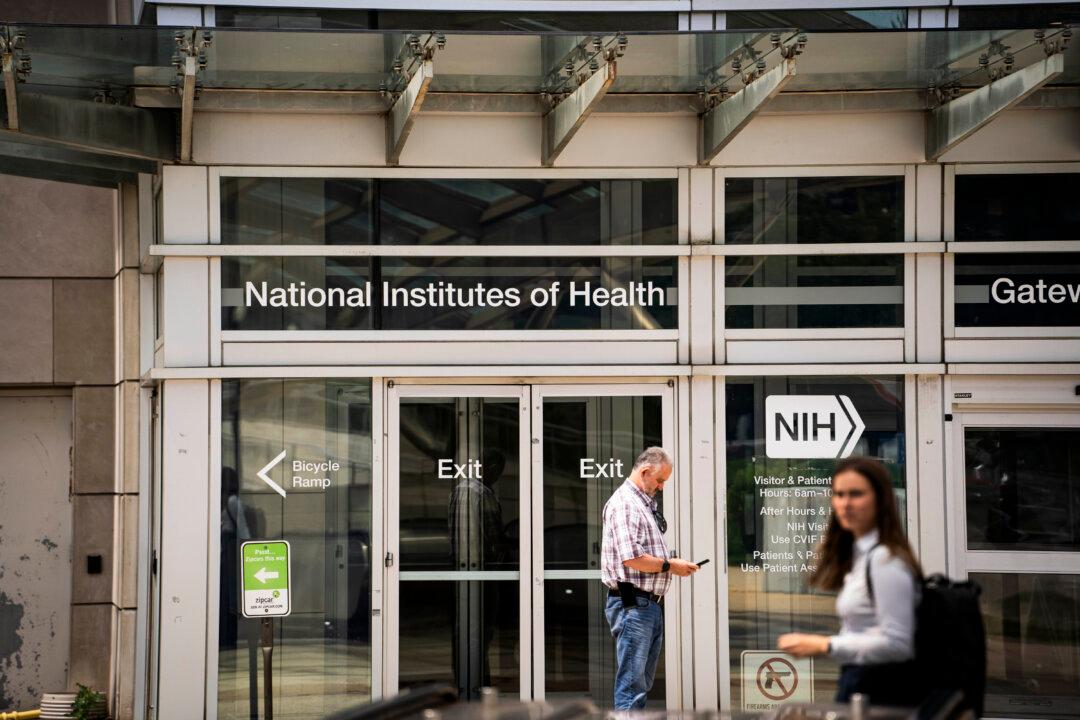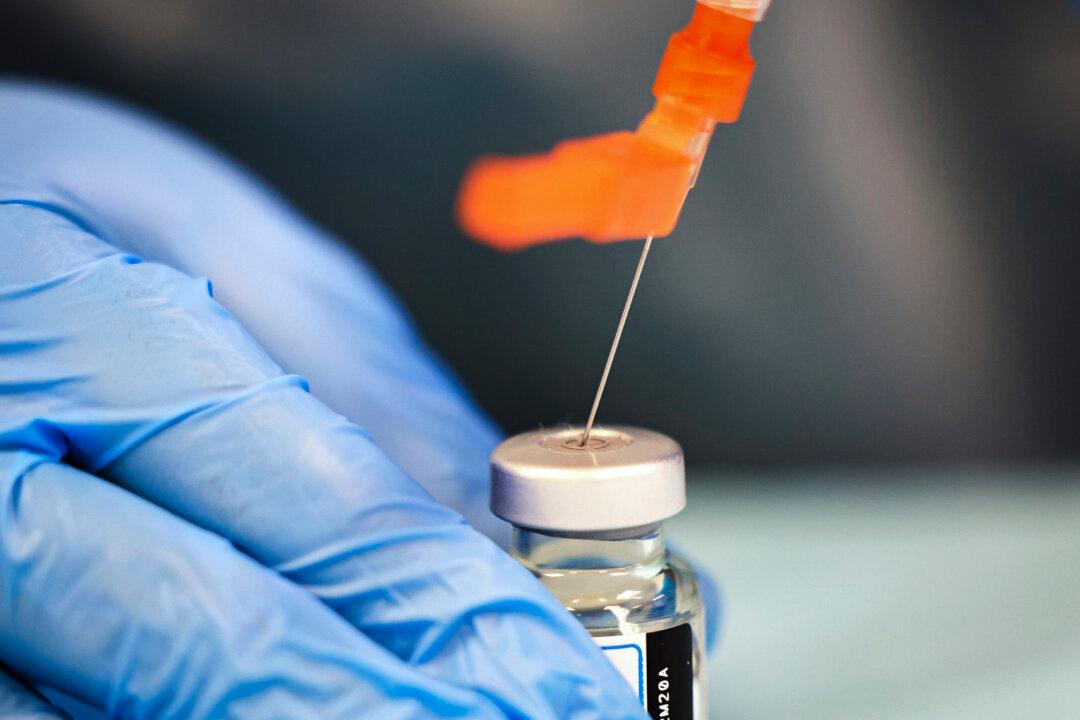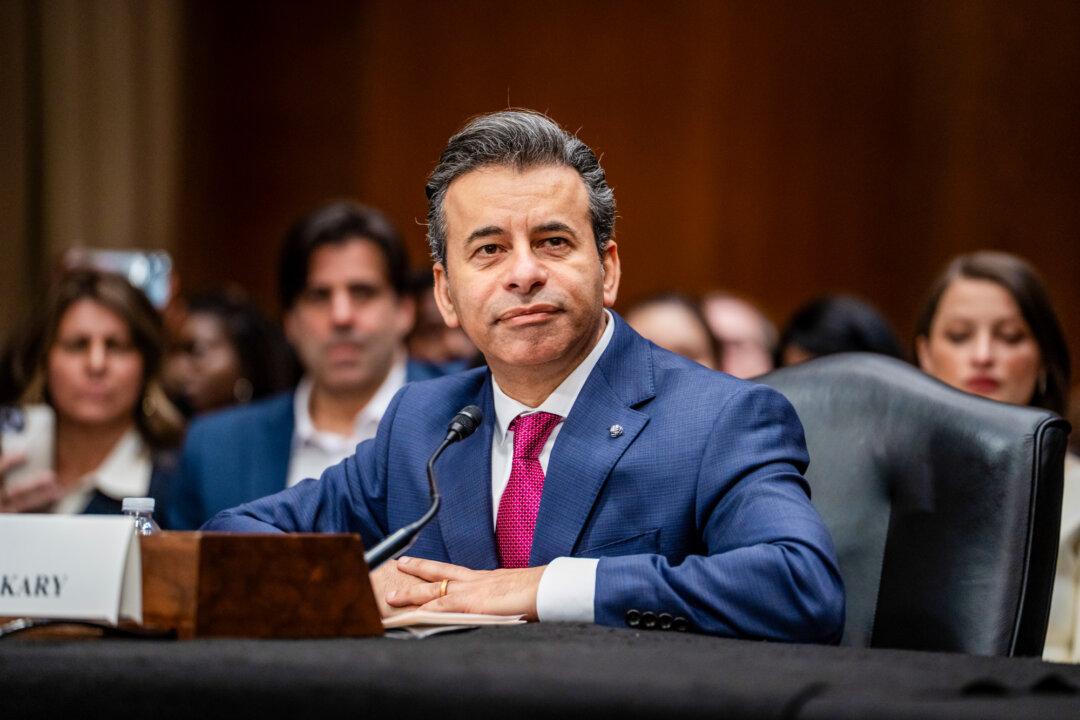A major model relied upon by White House medical experts was updated overnight and projects nearly 12,000 fewer deaths from COVID-19.
The major model now projects that between 49,431 and 136,401 (a mean of 81,765) deaths from COVID-19 will take place in the United States by June 19, when the deaths are predicted to hit zero per day. The previous version of the model projected 93,531 Americans would die by that time.
The model in question was published by the University of Washington’s Institute for Health Metrics and Evaluation (IHME), which receives funding from the Gates Foundation. New York Gov. Andrew Cuomo and Dr. Deborah Birx, the response coordinator of the White House Coronavirus Task Force, are among the top state and national officials who have cited it when talking about projected figures related to the virus outbreak.
The apex of daily deaths in the United States is still projected to occur on April 16. Modelers believe deaths that day will be somewhere between 1,282 to 7,703, a mean of 3,130. The previous mean was 2,644.
But the daily deaths are now projected to drop off faster than in the previous model, leading to the revised figure.

Fewer hospital beds, beds in intensive care units, and ventilators will be needed on the new projected peak hospitalization date, modelers also said.
The IHME model previously expected roughly 120,000 to 430,000 hospital beds would be needed on April 16, a mean of 262,092 beds, along with a mean of 39,727 ICU beds and 31,782 ventilators.
The new means are: 140,823 hospital beds, 29,210 ICU beds, and 24,828 ventilators. Total hospitalizations are also down in the new model.
Many COVID-19 patients who require intensive care are placed on ventilators, machines that help people breathe, and stay on them for weeks. Approximately 20 percent of patients in New York state, which has the most patients in intensive care, recover from the disease after being placed on a ventilator.
New York officials have projected needing up to 40,000 ventilators but the updated model projects needing no more than 10,606.
On the other hand, the IHME was accurately predicting the number of deaths on some days. For instance, it predicted 1,133 to 1,555 COVID-19 deaths for April 4. There were around 1,350 deaths reported that day.

Model Reflects New Data
Dr. Christopher Murray, the IHME director, said in a statement that the revised model reflects “a massive infusion of new data.”Data from some states, including New York, Pennsylvania, Florida, and Colorado, concerning the use of healthcare systems led modelers to revise down the estimated need of the system during the CCP virus outbreak.
“As we obtain more data and more precise data, the forecasts we at IHME created have become more accurate,” Murray said. “And these projections are vital to health planners, policymakers, and anyone else associated with caring for those affected by and infected with the coronavirus.”
Modelers said projections of the pandemic depend on the peak in each state and the peak being reached in seven European regions, including Madrid, Spain, and Lombardy, Italy, helped inform the revised figures.
Murray credited social distancing measures, which include remaining 6 feet away from non-household members, as contributing to the updated model but claimed that the trajectory of the pandemic would change “dramatically for the worse” if people ease up on such measures.
The model assumes that widespread social distancing measures remain in place until the end of May, he said.
President Donald Trump earlier this month extended federal social distancing recommendations to April 30. The advisory prompted a number of governors to either extend social distancing mandates or recommendations and others to announce stay at home orders for the first time.
Trump on Sunday told reporters that models overestimated the number of hospital beds needed in the United States.
“It’s turning out that we need less hospital beds,” Trump said at the task force’s daily briefing. “We may have models, but we’ve been sort of saying that. In New York, we were saying we think you’re gonna need less.”





